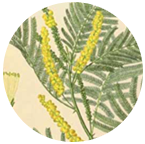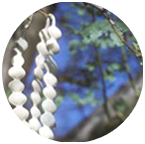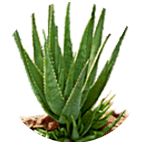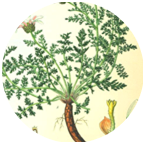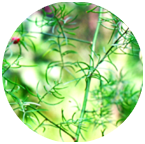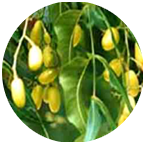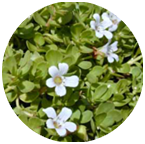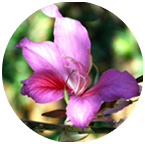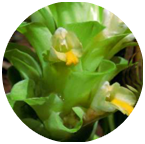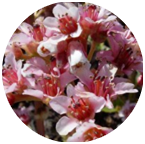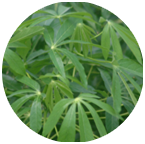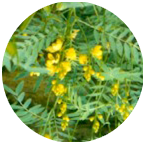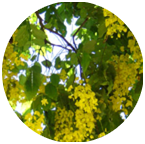Acacia catechu
Latin Name: Acacia catechu
English Name: Cutch Tree
Sanskrit / Indian Name: Khadira, Khair
Catechin and catechutanic acid are the major active constituents in the wood extract. Taxifolin, another constituent has antibacterial, anti-fungal, anti- inflammatory and antioxidant properties. Traditionally it is used for the treatment of cough and sour throat. It is useful in dental, oral, and throat infections. Due to its antimicrobial effect considered as valuable ingredient for dental care preparations.

